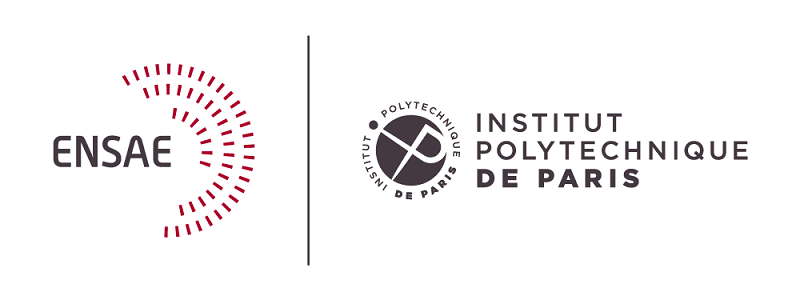Cyber risk modeling using a two-phase Hawkes process with external excitation
Résumé
With the growing digital transformation of the worldwide economy, cyber risk has become a major issue. As 1 % of the world’s GDP (around $1,000 billion) is allegedly lost to cybercrime every year, IT systems continue to get increasingly interconnected, making them vulnerable to accumulation phenomena that undermine the pooling mechanism of insurance. As highlighted in the literature, Hawkes processes appear to be suitable models to capture contagion phenomena and clustering features of cyber events. This paper extends the standard Hawkes modeling of cyber risk frequency by adding external shocks, modelled by the publication of cyber vulnerabilities that are deemed to increase the likelihood of attacks in the short term. The aim of the proposed model is to provide a better quantification of contagion effects since, while the standard Hawkes model allocates all the clustering phenomena to self-excitation, our model allows to capture the external common factors that may explain part of the systemic pattern. We propose a Hawkes model with two kernels, one for the endogenous factor (the contagion from other cyber events) and one for the exogenous component (cyber vulnerability publications). We use parametric exponential specifications for both the internal and exogenous intensity kernels, and we compare different methods to tackle the inference problem based on public datasets containing features of cyber attacks found in the Hackmageddon database and cyber vulnerabilities from the Known Exploited Vulnerability database and the National Vulnerability Dataset. By refining the external excitation database selection, the degree of endogeneity of the model is nearly halved. We illustrate our model with simulations and discuss the impact of taking into account the external factor driven by vulnerabilities. Once an attack has occurred, response measures are implemented to limit the effects of an attack. These measures include patching vulnerabilities and reducing the attack's contagion. We use an augmented version of the model by adding a second phase modeling a reduction in the contagion pattern from the remediation measures. Based on this model, we explore various scenarios and quantify the effect of mitigation measures of an insurance company that aims to mitigate the effects of a cyber pandemic in its insured portfolio.
| Origine | Fichiers produits par l'(les) auteur(s) |
|---|




